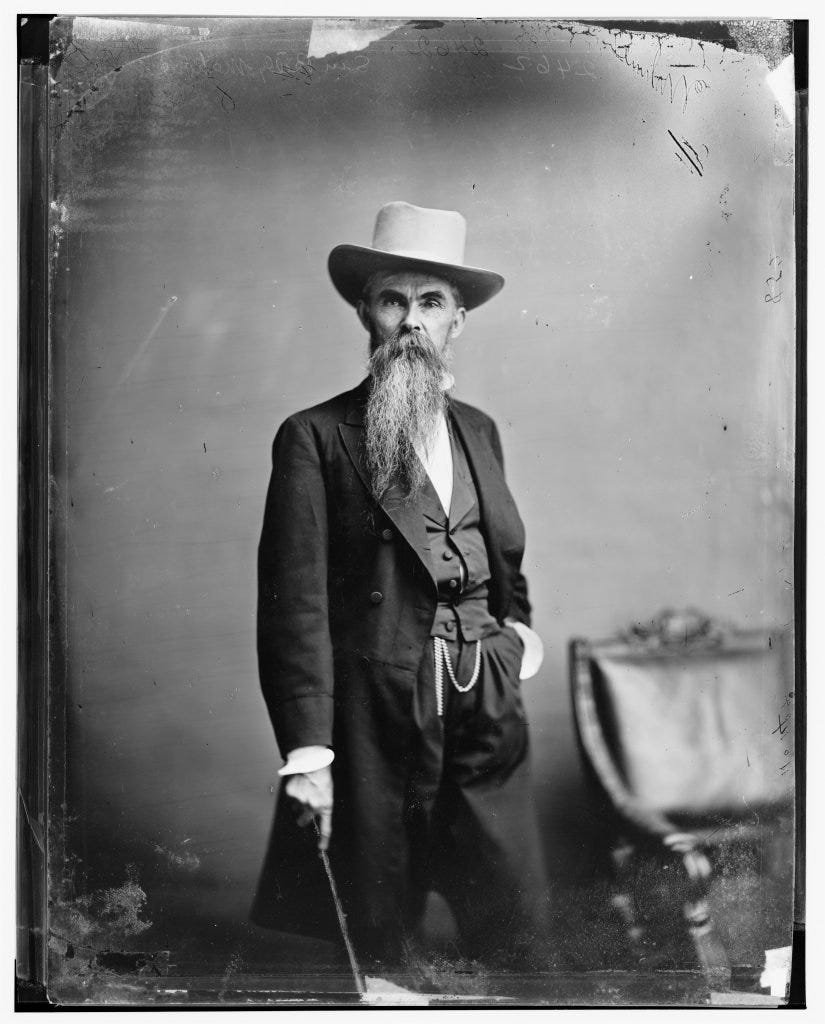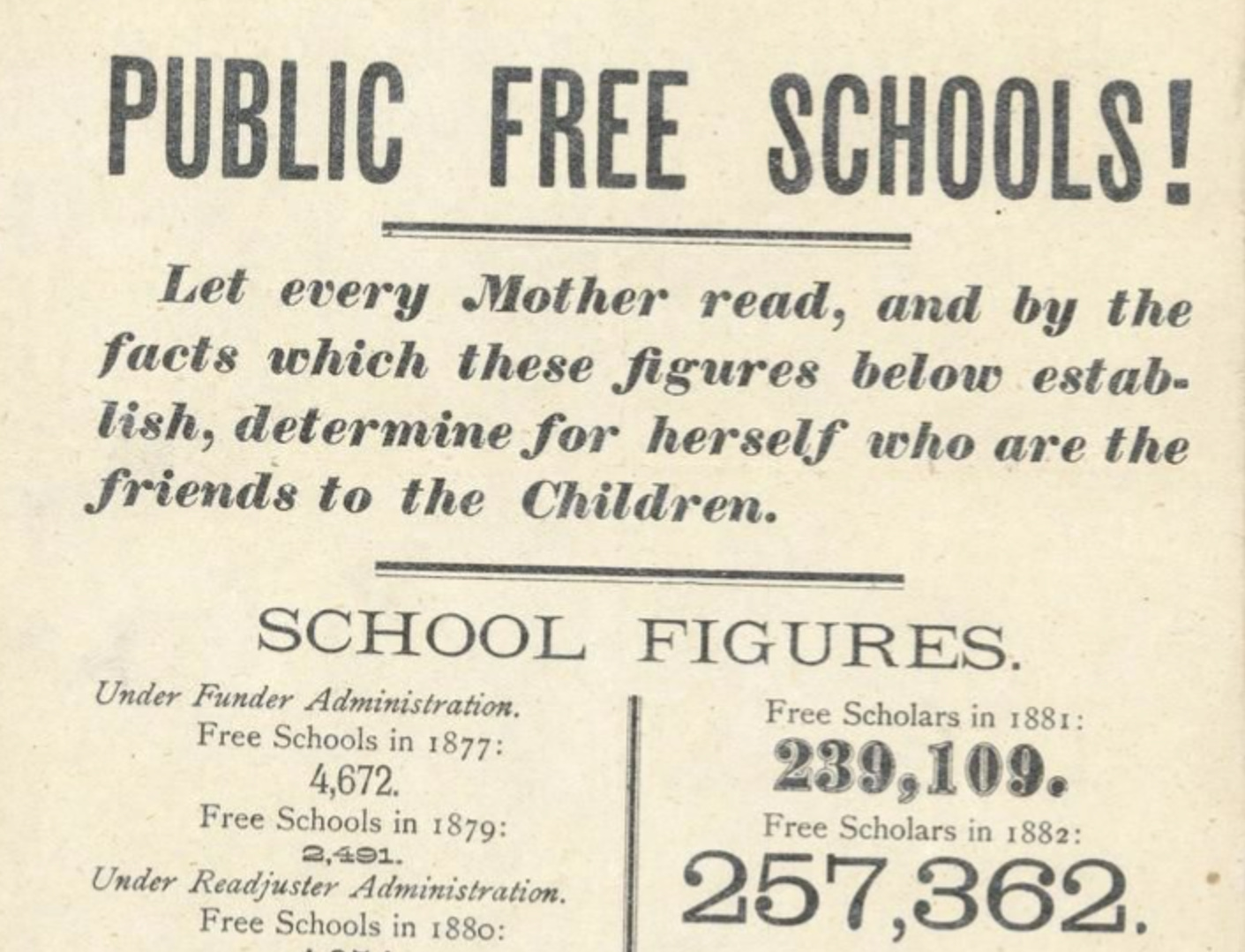The ongoing debate in Virginia over its standards of learning for history and social studies prompted this op-ed, which appeared today in The Washington Post. I am publishing it here for those of you who do not subscribe to the Post. Just to be clear, this was not my suggested title.
The Virginia Board of Education has delayed its review of state standards for history and social studies — a process that it is required to undertake every seven years. The nine-member board is now dominated by appointees of Republican Gov. Glenn Youngkin, who campaigned on rooting out critical race theory from schools and offering parents an anonymous tip line to report anything they deem to be suspicious taking place in the classroom.
This politicization of history education and the demonization of history teachers will probably have a profound impact on the now-delayed review. The 2022 History and Social Science Standards of Learning (SOLs) will shape what Virginia students learn about their Commonwealth’s past.
Regardless of what the board approves as the final version, it won’t include one of the most important chapters in Virginia’s history. Just after Reconstruction, between 1879 and 1883, Virginia was governed by a biracial party known as the Readjusters. During this brief period, African Americans assumed positions of significant political power at every level of local and state government decades before the legal restrictions and violence of Jim Crow slammed the doors shut for decades. This history offers an important reminder during our own time of deep political division that political coalitions that transcend class, race and political party are possible even during the most tumultuous times.
Reconstruction came late to Virginia. It did not arrive as a result of an invasion of “carpetbaggers” from the North or military occupation, as Virginians were taught throughout much of the 20th century, but as an unlikely result of the leadership of a former Confederate general and native Virginian.
William Mahone was born in 1826 to tavernkeepers in Southampton County. One of his earliest memories was the bloodshed and violence that erupted as a result of Nat Turner’s failed slave rebellion in 1831. In 1847 Mahone graduated from the Virginia Military Institute with a degree in civil engineering. By 1860 he was living in Petersburg and serving as the chief engineer of the Norfolk and Petersburg Railroad. Mahone also counted seven enslaved people as his personal property.
At the start of the Civil War, Mahone was commissioned a captain in the Confederate army and gradually rose in rank, though he failed to distinguish himself on the battlefield. That changed early on the morning of July 30, 1864, after the U.S. Army detonated 8,000 pounds of powder under a Confederate salient just outside of Petersburg.
During the Battle of the Crater, four Union divisions, including one made up entirely of Black soldiers, poured into the breech in an attempt to break the Confederate line and take possession of the city. But Mahone and his division secured a decisive victory. Thousands of men lay dead and dying in the sweltering heat, including upward of 200 Black soldiers, who were massacred by the Confederates. These men were executed as “slaves in rebellion” by Mahone’s men rather than treated as soldiers or prisoners of war.
After the war, Mahone remained involved in Confederate veterans’ activities all the while taking steps to expand his railroad interests. He cultivated political allies in Richmond to manage what became known as the Atlantic, Mississippi & Ohio Railroad. Following the financial collapse of 1873 and the loss of the railroad, Mahone entered state politics.
The central political question for Virginian leaders at this time was what to do about the state’s massive debt, incurred even before the war. Conservative elements proposed paying it off in full, but Mahone and others advocated “readjustment downward” or paying off part of the debt, which would leave state funds for public schools and other projects. In the 1879 state elections, Mahone helped to steer his Readjuster Party to victory, winning 56 out of 100 seats in the House of Delegates and 24 of 50 senators. With a majority of Readjusters in the General Assembly, Mahone was elected to the U.S. Senate, where he caucused with the Republican Party. In the process, Mahone helped forge a powerful biracial coalition that controlled the state for the next four years.
With Mahone in the Senate and Readjusters in control of the General Assembly and the governorship, this coalition easily passed legislation. Virginia’s state debt was readjusted downward to $21 million with enough funds left to fulfill campaign promises that benefited poor White and especially African American communities. In 1882 the General Assembly passed legislation supporting the Literary Fund with an appropriation of $379,000, plus an additional payment to public schools; schools with Black teachers were also given support. Not surprisingly, more-conservative Whites perceived this legislation as a threat to established racial and social hierarchies.
Black political leaders such as Dr. Daniel M. Norton, Alfred M. Harris and the Rev. William Troy demanded a significant share of the patronage within the Readjuster Party. Norton and Harris were both formerly enslaved. At the height of Readjuster control, African Americans made up 27 percent of Virginia’s employees in the Treasury Department, 11 percent in the Pensions Bureau, 54 percent in the Secretary’s Office, 38 percent in the Post Office and 28 percent in the Interior Department (including two Black women). With Mahone’s support, African Americans also found jobs as clerks and copyists in Washington — an accomplishment unparalleled in other Reconstruction-era states.
The visibility of African Americans in state government constituted a radical change in the distribution of political power and was seen by many as a threat to White political rule in Virginia. Readjusters also changed the makeup of public schools. The changes they enacted increased the number of Black teachers and students, and the establishment of the Virginia Normal and Collegiate Institute (Virginia State University) opened up avenues of upward mobility. The number of Black teachers soared from 415 in 1879 to 1,588 in 1884, and Black enrollment in schools went from 36,000 to 91,000 between those years.
Mahone and the Readjusters abruptly lost power following a racial riot in Danville on Nov. 3, 1883.
Two decades later, Virginians passed a state constitution that cut into what little remained of any Black political influence. Mahone died in 1895, leaving a conflicting legacy. White Virginians praised his service to the Confederacy, but many were unwilling to forgive his attempt to overturn its deeply-engrained racial hierarchy. The desire to move on from a brief period in which Black Virginians enjoyed full political rights and the need to justify a return to White control guaranteed that Mahone and the Readjusters would be banished from school textbooks and public memory.
Students today learn nothing about this important chapter of Virginia history.
Even the proposed 2022 SOLs, which have been revised to “incorporate diverse perspectives,” do not cover it. As it stands, the state’s SOLs on Reconstruction ask students to consider the important work of the federal Freedmen’s Bureau as well as the significance of the three constitutional amendments that ended slavery, guaranteed birthright citizenship and awarded Black men the right to vote. As for important people of the era, students are expected to be able to explain the “lasting impacts” of Abraham Lincoln, Robert E. Lee and Frederick Douglass “on the nation.” Nothing in the state’s SOLs gives students a sense of the importance of Virginia’s experiment with biracial democracy.
This episode offers an important reminder that the end of Reconstruction and the beginning of legalized segregation during the Jim Crow era were not inevitable across the postwar South. Interracial cooperation was not only possible, it was a reality for a few short years in Virginia.
The political posturing and fearmongering that has come to dominate the conversation surrounding history and social studies education over the past few years will probably shape the debate over the next set of SOLs for history and social studies in Virginia. Efforts to censor the teaching of American history will deprive students in Virginia and elsewhere of a complex and challenging historical narrative, the chance to find meaning in the past and the opportunity to engage difficult questions about race and inequality.






Something interesting that I came across a few years ago was that one of my grandparent's friends was a descendant of a black Virginia politician named Edward Bland. Edward was a Republican who served in the Virginia House of Delegates and during his time in office supported the Readjusters. Here is a link to a biographical sketch about Edward Bland: https://encyclopediavirginia.org/entries/bland-edward-d-1848-1927/
Whenever I think historically about Virginia's public education, 1956's massive resistance to Brown vs. Board of Education always comes to mind. Thanks for enlightening me. Did not know this.